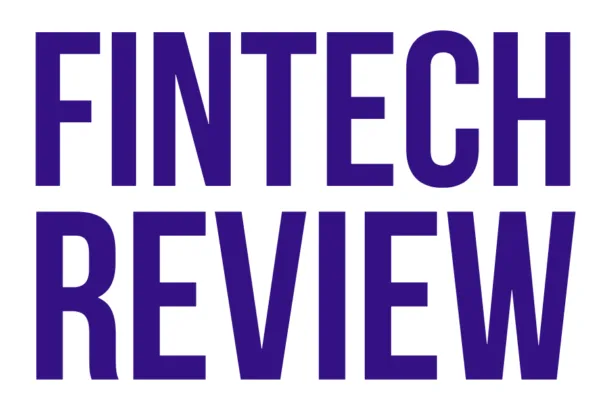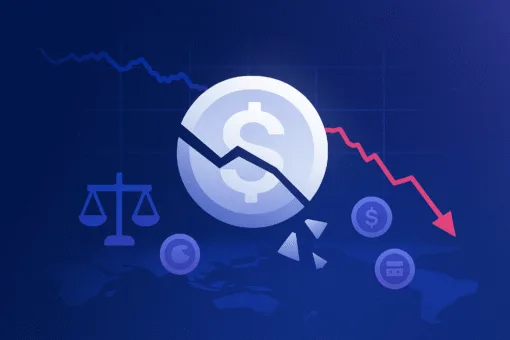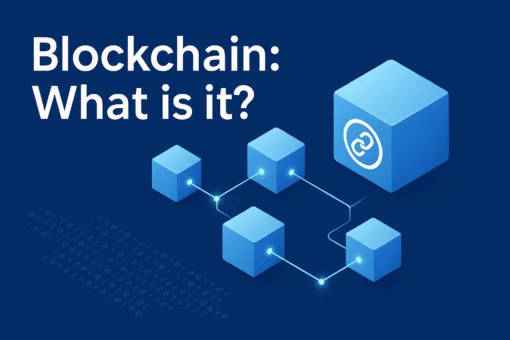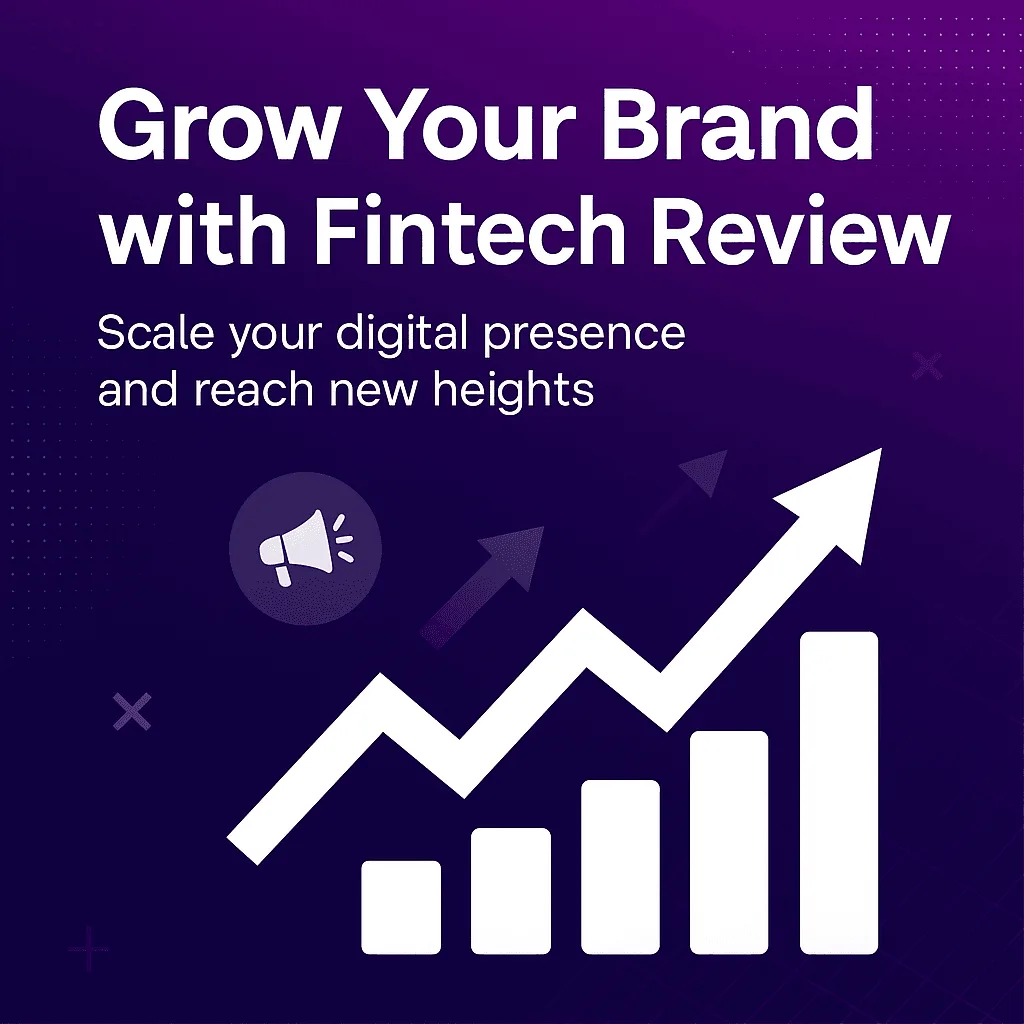Have we reached the stage of true democratisation of finance? Or, better yet, of wealth management? In case you have missed it, the digital broker Robinhood just did a big IPO. Big as in it gave the company an initial market capitalisation of $32 billion. Everybody was expecting it, but that’s not pocket change. At first, the IPO was a complete flop. A range of factors were attributed to that fiasco. It then became as volatile as a meme stock, the type of companies like GameStop that Robinhood propped earlier this year in the epic people vs hedge fund battle. The digital broker then ultimately slid back towards its initial listing price. Confusing times indeed. Besides that, Robinhood always said that its main goal was to democratise finance, and more specifically investing. Ultimately, when you talk about democratising investing, you mean helping people grow and manage their wealth.
So, surely we are done now. Wealth management is all democratised… let’s go on to the next problem?
Not so fast… are we there yet?
You will have guessed that the short answer to that question is not really. Wealth management is not truly democratised. Which is probably fair, because it is not that simple. And the long answer is pretty much the same. Investing is not yet fully democratised, and built in a way that is right for customers.
It is actually even more fundamental than that when you look at the core of the issue.
The answer to building long-term wealth is not day-trading binary options or cryptocurrencies. Do not believe everything that you might read on Instagram or Twitter. Or even worse, on TikTok, which is awash with very dodgy personal finance and money tips. There are no shortcuts in wealth management.
The real way to achieve results is diversification and long-term investing.
At the heart of the problem for Robinhood is the fact that, like many other trading apps, it needs people to be really active. People obsessed with the app open it as much as social media apps. Active users in turns mean more trading, hence more revenues. Even though Robinhood does not charge commissions, payment for order flow means that the conundrum is the same. Trading apps need big volumes. Trading apps want traders, not investors.
That creates a real contradiction between Robinhood’s business model and what it describes as its purpose.
Robinhood’s mission is to democratize finance for all
You can argue that it is a kind of democracy… Letting people decide what they invest in, even if it is not good for them? That could be true if the company was not incentivising behaviours that we know for sure are not good for the financial lives of its customers.
The reality is that wealth management and long-term financial wellbeing is not about short-term trading of options and crypto. That’s a pass time that can be fun, and you can definitely allocate a portion of your available cash to do that. Maybe a bit less than five percent. Wealth management is about having a long-term portfolio allocation and diversification strategy and methodically executing it.
Give your keys to the robot
On the other end of the spectrum, the robots. Not R2-D2, although that would be cool, but rather robo-advisors like Nutmeg (now part of JP Morgan) or Moneyfarm.
If you do not want to bother picking your investments, there is always the automated digital investment management option. It’s a bit like handing the keys of your car to a chauffeur. Or Tesla’s autopilot. You are not driving. That is a perfectly valid option for many people that are confused, scared or not interested whatsoever in wealth management. Even though in the end, it is always better that they invest through robo-advisors than not at all.
For the others, the issue with that solution is that the user is not really in control of the investment decisions. Or know what is really happening with the money that you have invested. You go with the flow, and you are charged a fee for the hassle. Someone has to pay the chauffeur for driving around, don’t you think?
A fee that is relatively small in the face of it… but adds up quite substantially if your investment horizon is over 20 years or more. Which it is, in a lot of cases, when preparing for retirement, for instance.
It is true that not everybody wants to become a fintech, finance or portfolio management expert. However, surely you would want to know at least what is happening to your money? What if you have exposure to some companies that do not respect ESG standards, and you actually do not know it? And you might also want to monitor how your portfolio is truly evolving over time. To know if you are making the right decisions…
What is missing then?
It is not all doom and gloom.
First and foremost, it is not doom and gloom because the fintech revolution is not over yet. A lot of things can and will happen… That’s the beauty of innovation in financial services.
If there is a problem to solve, one or several companies will arise to try to fix the issue.
A good dose of financial education
Democratising finance is a good thing, but you cannot leave people alone with their choices… Customers need at least tools to help them make the right choices.
Financial education is now more important ever. Everybody is an investment genius in a bull market. And we have been in a bull market for a while, in spite of being in the midst of a global pandemic. Very strange times indeed. Therefore, it seems that you are making the right choices because your portfolio is in the green. Even though you probably are not. Not the right allocation, not enough diversification. So on, and so forth.
Strategy without tactics is the slowest route to victory. Tactics without strategy is the noise before defeat.
Sun Tzu
Before investing, you need a strategy. You need a solid plan that you will execute over time to reach your financial goals. To get to that strategy, a customer would need to rely on a set of tools to track and rebalance a portfolio or decide where to invest. Many trading apps let you alone with your decisions, but some DIY wealth-building apps like Wealthyhood do give you a few tools. Things like allocation templates or visualisation tools to rebalance your portfolio, along with a smoothly guided experience. In essence, trying to improve the mix of personalisation and automation when you invest.
Having customers’ best interest at heart…
The old adage says that if you are not paying for the product, you are the product. Instead of paying directly for a service, the provider leverages other forms of monetisation. Which is fair enough, there is no such thing in life as a free lunch.
Indirect monetisation does not need to be fundamentally a bad thing. As long as it is aligned with what is best for the customers. When it comes to wealth management, it means that the company is not incentivising behaviours that are bad over the long run for their customers. For instance, not enough diversification or allocation to very risky and volatile financial assets.
How many investors have unrealistic risk-adjusted return expectations?
That goes back to the need for more financial education…
Indirect monetisation should not be about pushing products that are damaging for the financial lives of the investors. For example, funds with unjustified exorbitant fees.
The fintechs that will ultimately prevail are the ones that focus on solving real problems, whilst truly having their customers’ interests at heart. That is not Mission Impossible.














